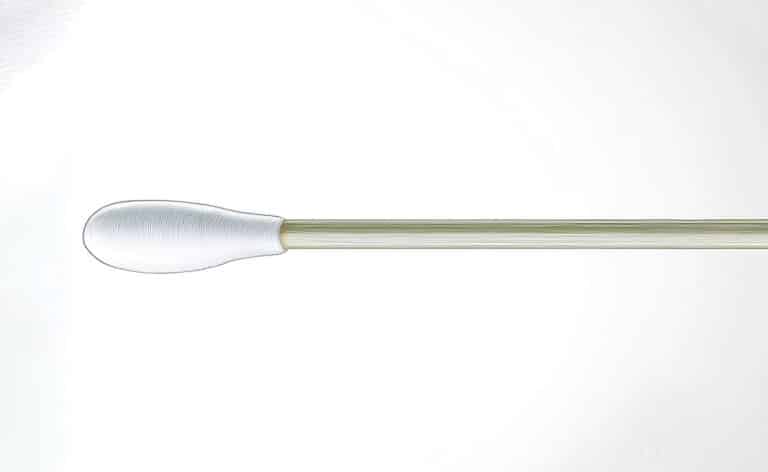As large health systems dominate the landscape, two physicians in private practice share their thoughts on the pros and cons of today’s approaches to healthcare
Patients have reasonable goals for their healthcare: sufficient time with their doctor, a skilled and respectful staff, ease when it comes to processing insurance claims and scheduling appointments. In this special section, we asked two private-practice physicians to share how their practices meet these goals compared to corporate-owned practices. They also explore how physician control of healthcare decisions impacts quality of care for patients.

Q: What sets private-practice healthcare apart?

Jennifer Virant: Private practice physicians enjoy more practice autonomy, more control over their schedules, and have lower rates of burnout than their colleagues in big corporate practices. This translates into better job satisfaction for physicians and improved patient-physician relationships.

Solomon Sager: Private practice doctors have the independence to deliver the best patient care with freedom from hospital influence in clinical decision-making. Patients have easier access, lower costs, and doctors who are personally invested in the quality of their care. Doctors have autonomy, and with autonomy comes satisfaction.
Q: How do patients benefit from seeing a private-practice physician compared to one in a corporate- owned practice?

Jennifer Virant: Patients benefit from familiarity with their doctor. In the corporate-owned model, appointment times are often 10 to 15 minutes long, and visits can feel rushed or impersonal. Private-practice physicians enjoy the autonomy to manage their schedules and spend more time with patients. They also have more time to stay current on medical advances, and to coordinate patient care.

Solomon Sager: Patients have easier access to their physicians in the private-practice setting. Wait times are lower because doctors have the autonomy to see patients whenever they need to be seen. Testing is also more accessible — and less expensive than in hospital.
Q: The number of private practices and private-practice physicians has been shrinking. What will it take to reverse this trend?

Solomon Sager: Education and advocacy! Doctors coming out of training are frequently unfamiliar with private practice because they are trained in an academic setting, and yet multiple studies have shown that the burnout rate is lower in private practice. Autonomy keeps physicians happy and satisfied with their career.

Jennifer Virant: Reversal of this trend requires better reimbursement to primary care physicians for preventative and maintenance care, and more affordable access to electronic medical records for their practices. For those who are practicing in a corporate or private-equity-owned practices, restrictive covenants and expensive tail insurance policies limit physicians’ ability to seek other opportunities. Eliminating these barriers would make physicians better able to seek independent practice opportunities.
Q: How does a private practice within your specialty improve the overall healthcare system for patient care?

Solomon Sager: Chicago Cardiology Institute coordinates patient care to deliver the best care for our patients, even if it is outside the healthcare system. We practice preventative medicine to proactively keep patients healthy and out of the hospital. We provide advanced cardiovascular services, such as Cardiac PET, that are not available at local healthcare systems.

Jennifer Virant: Patients enjoy more familiarity with their personal physician and the office staff, easier access to care, and superior advocacy for their needs. This translates to decreased trips to urgent care or the emergency department, and more rapid diagnoses. With these increased efficiencies, healthcare costs are decreased, and there is less strain on the healthcare system as a whole.
Q: How do the current private-equity models impact patient care within your specialty?

Solomon Sager: The private-equity model empowers cardiologists to remain independent and continually improve cardiovascular treatment and care. It reinforces the private-practice values of physician autonomy, patient access, and lower costs. In fact, recent Medicare data demonstrates that cost of care is lower and quality is higher for patients seen by doctors in private-equity models.

Jennifer Virant: These models use economy-of-scale to bargain with insurance companies for better payments and centralize management, billing, human resources, and scheduling. Theoretically, physicians in this model have more support so they can focus on the practice of medicine. But, they often feel demoralized by the loss of autonomy, and the demands to prioritize billing and volume over patient needs.
Q: What do you think is the biggest challenge regarding healthcare services today?

Jennifer Virant: Access — a shortage of available clinicians, particularly in rural areas, and decreased access to specialized care. Because of this, people have longer lead times to diagnosis and treatment, which results in poorer outcomes and higher costs of healthcare.

Solomon Sager: Managing the increasing complexity of working with health insurance payers is a top challenge. The ongoing evolution to value-based care with a focus on providing the best care for the best value requires substantial investment in data analytics, information technology, and patient population management.










